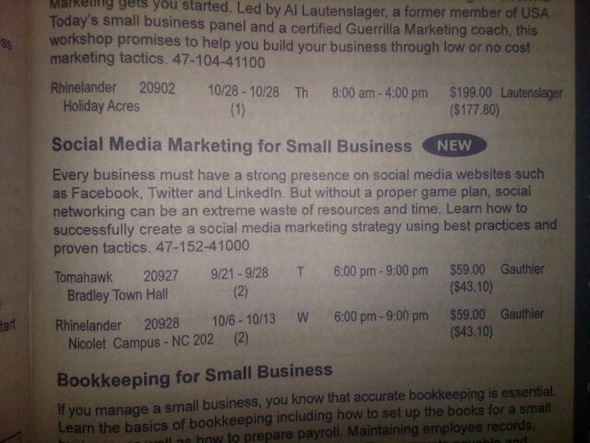
Writing ad copy is not easy. Or let me rephrase that, writing great ad copy is not easy. However, it’s essential for success in business. But most copywriters get the entire process wrong. It’s not about how awesome you are, pal. It’s about the needs of the audience.
So as an entrepreneur (aka marketer hat), how do we accomplish great marketing copywriting?
I’ll let you in on my secret to copywriting; I use the SPIN selling model. For those of you unfamiliar with the SPIN cycle. Neil Rackman’s book, SPIN Selling changed my professional career completely. In summary, the method teaches you to use a series of specific questions in a sales situation. I highly suggest you read it.
But for the sake of this article, put the book on you wish list, toss on your marketing hat and keep reading…
The SPIN cycle is an acronym for situation questions, problem questions, implication questions and need-payoff questions. Each step in this strategy essentially brings the answering party closer to selling themselves on the product or service.
In ad copy we obviously cannot list a string of questions as the method suggests. But we can use the underlying concepts to bring the reader in. And closer to a conversion. Here’s how:
Situation
After crafting your headline (an article in itself), the first sentence is the essential stage of effective ad copy. The first sentence must pull the reader into the advertisement. Put in other words, the intended audience must be engaged immediately or your ad will become just another ad. And of course we do not want that, so by relating to the audience in some manner is a necessity.
By using the first sentence to pose a situation statement or question, the reader takes a second to process. This is exactly what we want. Break them from their rhythm. But this is easier said than done. So I will use a real life example (I needed to come up with a short write-up for a social media class I’m conducting at a local college) to illustrate:

The Break-Down
We’ll look at this ad, section by section. Starting with the Situation sentence:
Every business must have a strong presence on social media websites such as Facebook, Twitter and LinkedIn.
This simple but effective sentence hits subconsciously on the reader. If they are a business owner or marketer, they already are aware of this. In turn, the intended audience is engaged slightly enough to at least glance at the start of the next sentence.
Problem
What problem is your reader facing with the stated situation? This second stage in the SPIN cycle is designed to further engage the audience.
So with the situation sentence bringing the audience onto this sentence, the problem statement must instantly hit a heartstring. Mainly by contradicting the previous sentence in which they currently agree with. Example:
But without a proper game plan
This half-sentence may not seem too effective, but it has all the necessities of posing a problem. The word but is viewed as a contrasting conjunction. In other words, starting a sentence with but instantly contradicts the previous sentence.
To summarize, the reader must think, “Maybe we have this problem too?”
Implication
For most sales people learning the SPIN selling strategy, this is the hardest step to put into words. Thus oftentimes a sales person will jump over this step. But it is crucial, as it’s the guts of this entire method.
“What implications does this problem pose to your situation?” is essentially what this stage is all about. It gets the reader thinking that if they continue having the above problem, they are in trouble. Example:
social networking can be an extreme waste of resources and time
To summarize this step, you must attach a serious consequence for having the given problem.
Need-Payoff
Now you can finally talk about yourself. This portion of the copy should answer their prayers. Example:
This class will teach you how to successfully create a social media marketing strategy using best practices and proven tactics.
In essence, you must illustrate your value to the reader. “What makes you attractive?” and “How are you solving their problem?” are questions you must ask yourself when writing this section of the ad.
Conclusion
Now that you have gone through all the stages of the SPIN selling cycle, lets re-look at the social media class ad in its entirety:
Every business must have a strong presence on social media websites such as Facebook, Twitter and LinkedIn. But without a proper game plan, social networking can be an extreme waste of resources and time. This class will teach you how to successfully create a social media marketing strategy using best practices and proven tactics.
I bet you didn’t imagine a simple paragraph like this could have so much underlying tactics built into it, huh?
Thanks for reading and good luck with your future ads!
